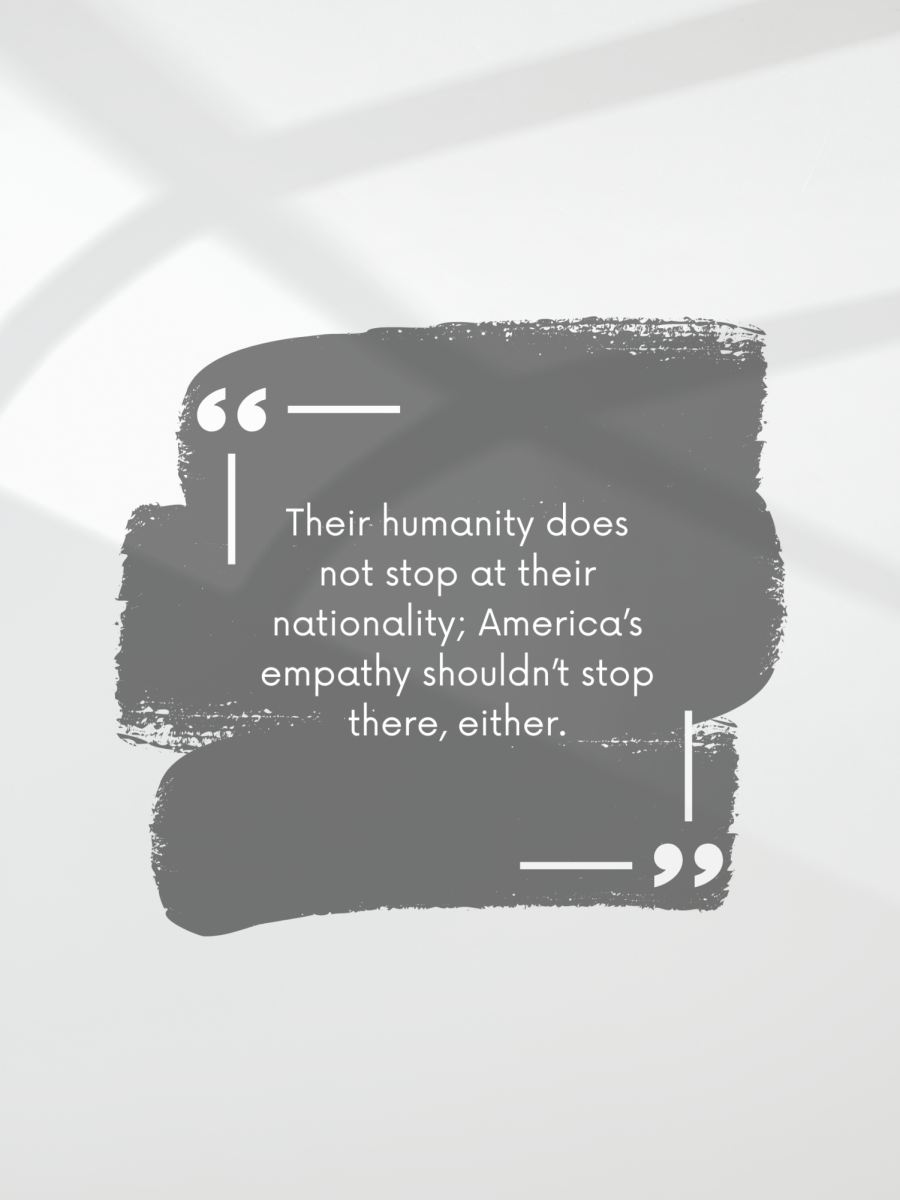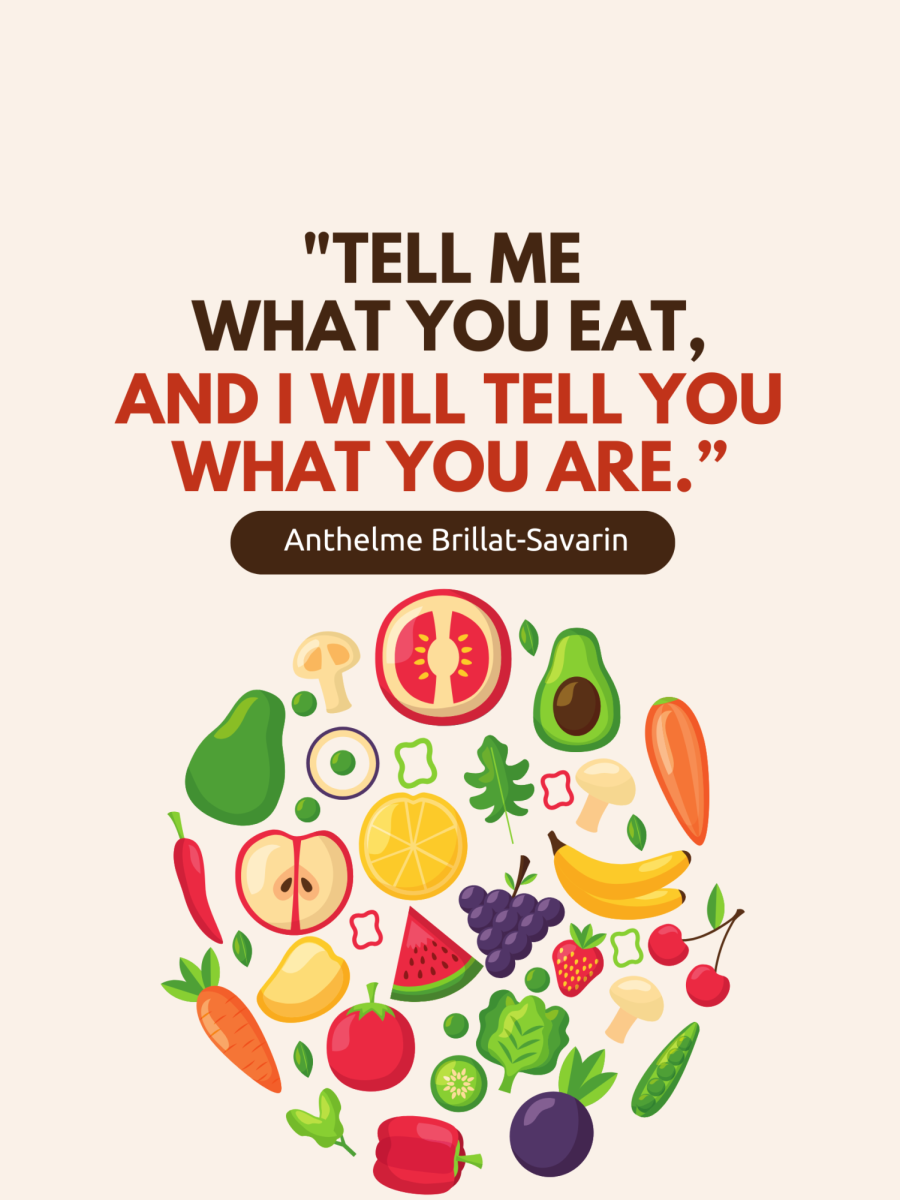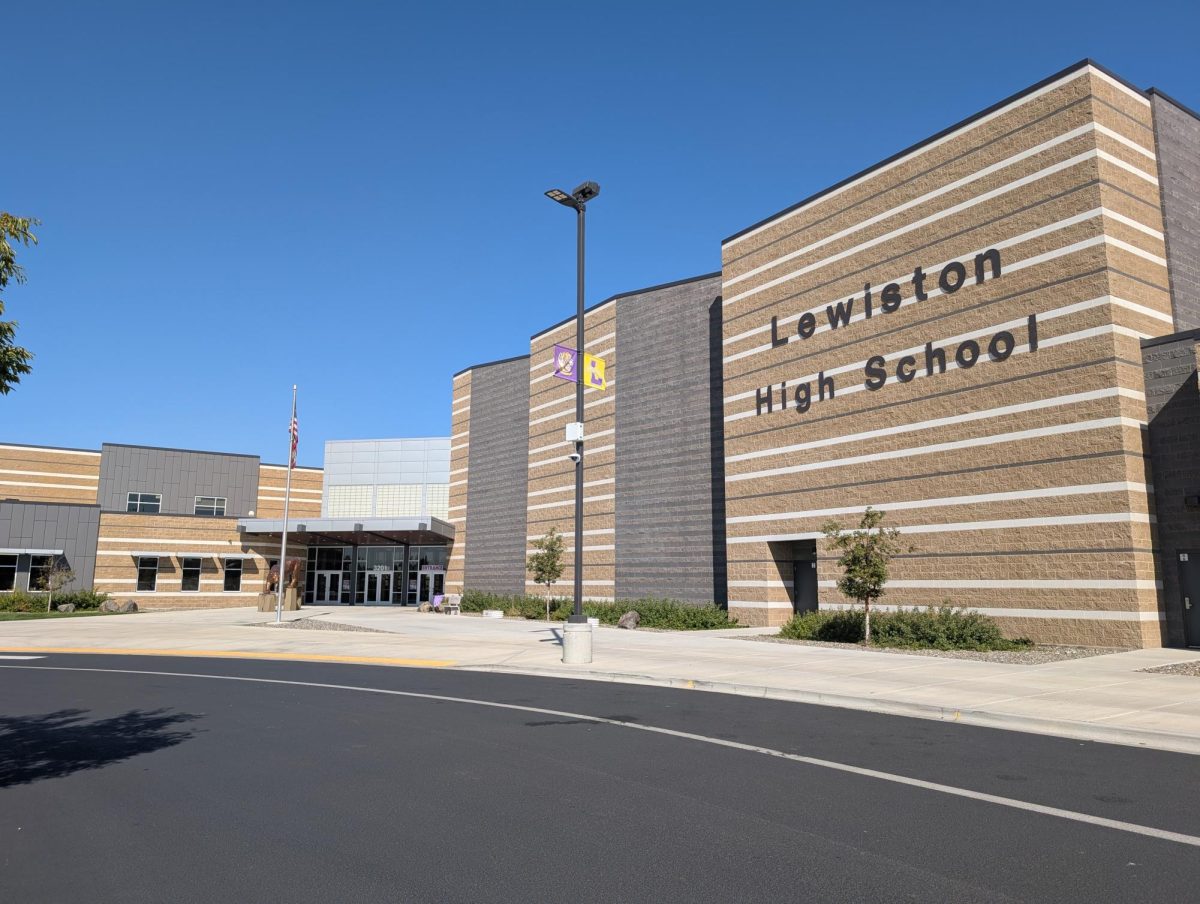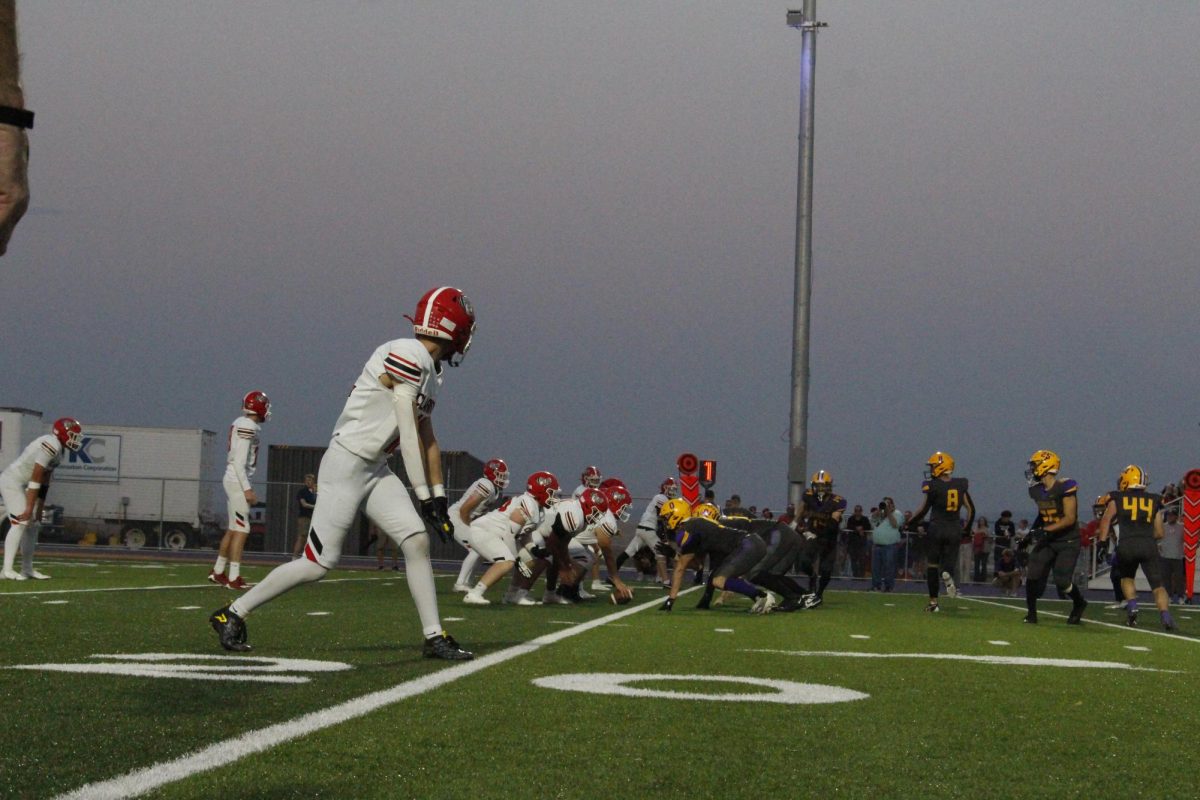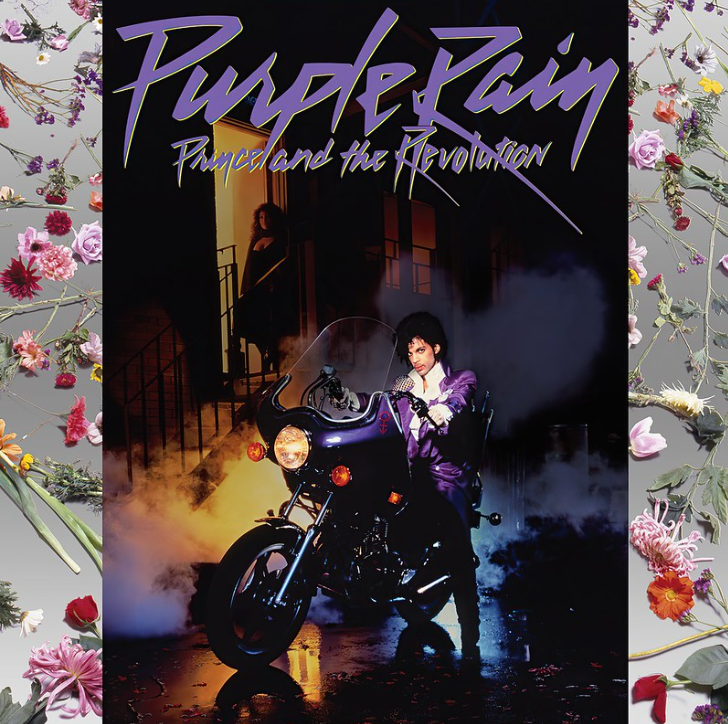Do you remember that feeling as a little kid walking into the library? Remember the faint smell of old pages, colorful book spines, and reading each blurb enthusiastically? It’s a feeling unparalleled by most others, and most amazingly, it doesn’t go away with age.
As both a reader and an author, I still find the magic of physical books to be intriguing, just as it did when I was young. There’s something irreplaceable about holding a book in your hands, knowing you’re about to dive into the ideas and stories of others. It’s a physically engaging experience and a personal one. It’s not just the words but the entire sensory journey: the weight of the book, the texture of the pages, and even the sound of the spine crackling when it’s opened.
Yet, a new market has been emerging for over two decades: the illusive e-book, which in 2018 was responsible for over $2 billion of the $26 billion earned from publishing houses. E-books are making their mark in the industry and reading habits. With the rise of digital technology over the past few decades, their convenience is undeniable. More and more, it’s becoming increasingly rare to see people reading physical books unless necessary, with more and more swiping to the next page rather than turning.
A 2018 Pew Research Center study found that three in 10 Americans read e-books. That’s a significant portion of the population, and it begs the question: Why are physical books losing their appeal to the general public, and how do we get physical books back into the hands of the public?
According to Math Arm Learning, the consensus is that e-books are becoming increasingly popular because they are often inexpensive, instantly accessible, and convenient compared to their printed counterparts. These are compelling reasons. After all, who wouldn’t want to save a few dollars, have their book delivered instantly, or avoid lugging around a heavy hardcover? While most of these reasons are valid for most e-books, there are a few factors to consider when using these criteria to compare print versus electronic.
First is the cost issue; this is a hang-up for most people. Obviously, if a person had the choice to order a book in print for $25 compared to its electronic counterpart at $15 or even $5, they’d be more likely to purchase the cheaper e-book. For many, the price tag is hard to argue against. But here is where the problem lies: you often get less material when buying the electronic version. The first is the more obvious physical aspect of pages and covers, but readers usually lose other parts of books, like illustrations. You don’t get to experience the artful way the cover complements the story or see the maps, images, and small design details that make a physical book a complete, immersive experience. An e-book may offer the exact same words, but it is missing the heart that comes with the physical copy.
Moreover, on the instant accessibility point, while it is always lovely to receive a purchase immediately, there is joy in waiting for a book in the mail and getting home to read it. There is something about that anticipation, about knowing that a book is making its way to you, that makes the experience richer. The instant gratification, while enjoyable in the moment, cannot compare to the print book, where simply turning each page fills the reader with happiness. When you hold a book, you are not just reading it but making a connection. It becomes something tangible you can revisit, lend to friends, or keep on your shelf as a memory of the experience.
Furthermore, to the convenience point, while it is true that e-books are accessible via most electronic devices, print books are just as convenient. Since 1939, pocket-sized books have been mass-produced and sold in the United States. Is there really any trouble in carrying or putting a book in your bag? More often than not, a paperback or even a small hardcover can easily fit into a bag, purse, or even back pocket. You don’t have to charge a physical book or worry about blue light and screen glare. They are always ready, and you can read them anytime and anywhere.
Last, I’d like to touch on a personal reason: the financial aspect from an author’s perspective. I make more from print books compared to my e-books. For example, under my agreement with Amazon and their self-publishing service, my e-book earns a 35% royalty; at its price of $3.50, I receive roughly $1.22, while my print book, priced at $15.50, earns a 60% royalty, which gives me about $9.30. This means that even though e-books are more affordable, I receive significantly less for each e-book sold than for each print book, making print books more financially rewarding for me as an author. By purchasing a physical book, readers support me and invest in something that offers lasting value.
It’s also important to remember that many authors rely on their earnings to make a living, while for me, it’s a passion, which isn’t the case for some. Authors need their work to provide themselves with financial stability. By purchasing physical books, readers support the craft and contribute to the author’s livelihood, ensuring more future works.
But what about the second half of the question — about getting print books back into the hands of the public? It’s incredible how simple the answer is: education. While one word can encapsulate this idea, it’s complex to implement. Education is key. We need to remind people why print books are valuable and matter. Schools, libraries, and bookstores can help, too, by promoting the joy and benefits of physical books. Readers need to be reminded of the immersive experience that only a print book can offer. The tactile, the personal, and the nostalgia are things the digital versions cannot replicate. So, next time you’re tempted to click the button that says “buy” on an e-book, maybe think twice and consider all that a physical book has to offer.






